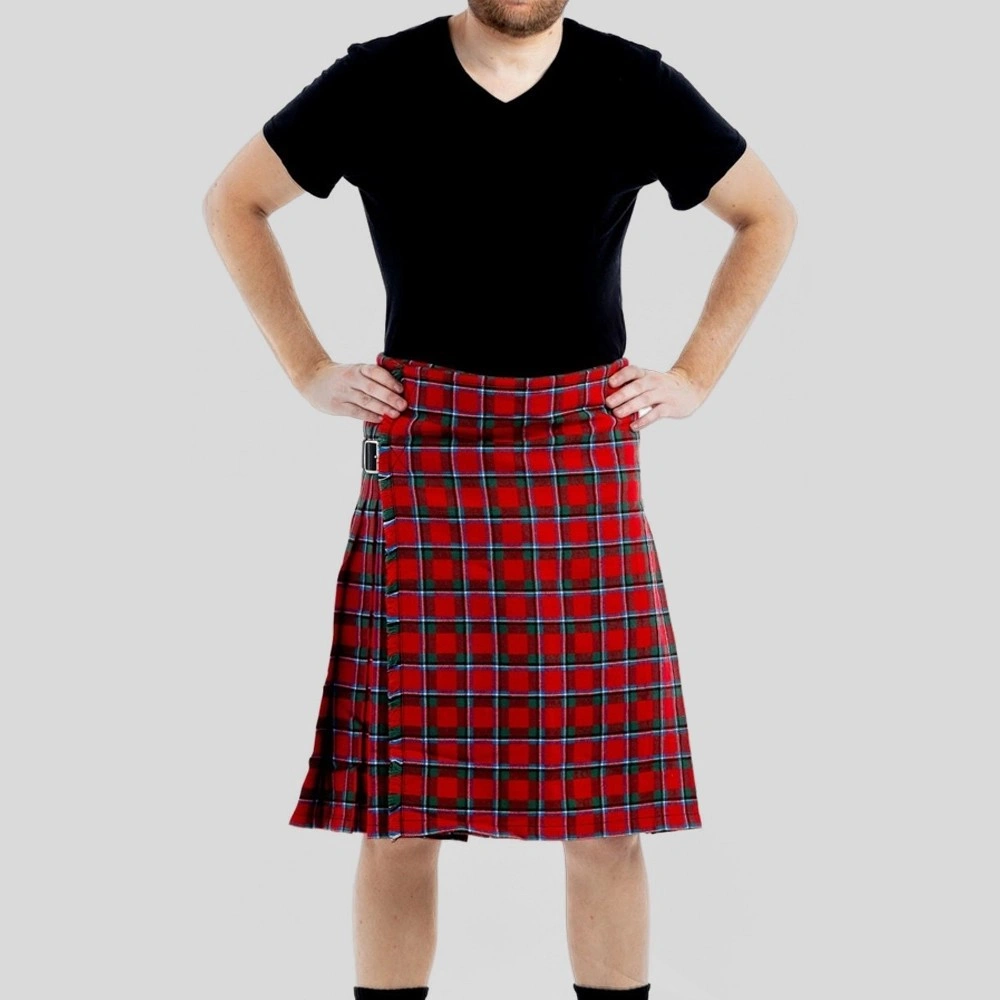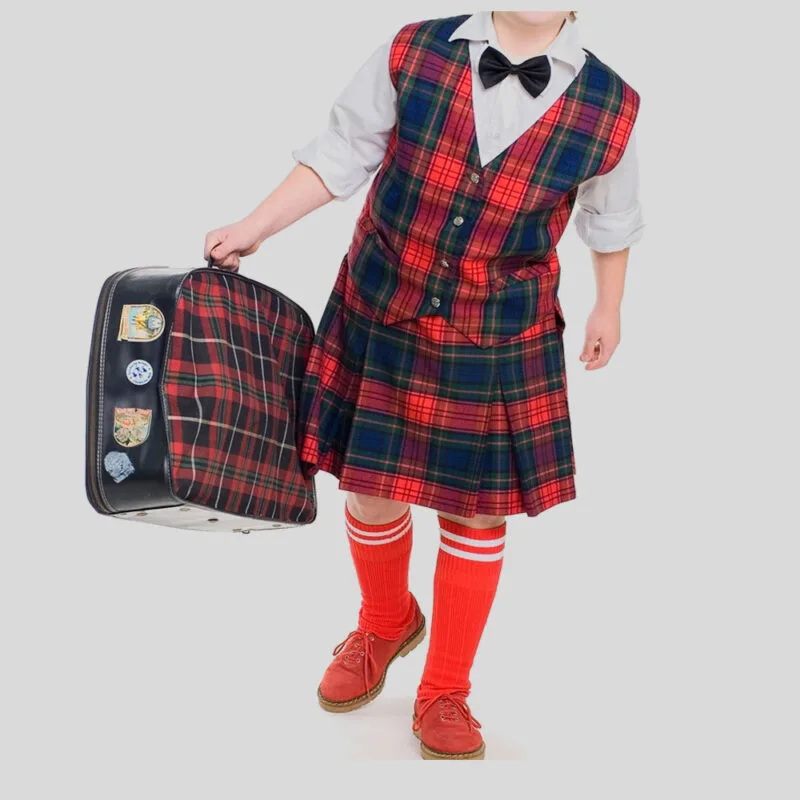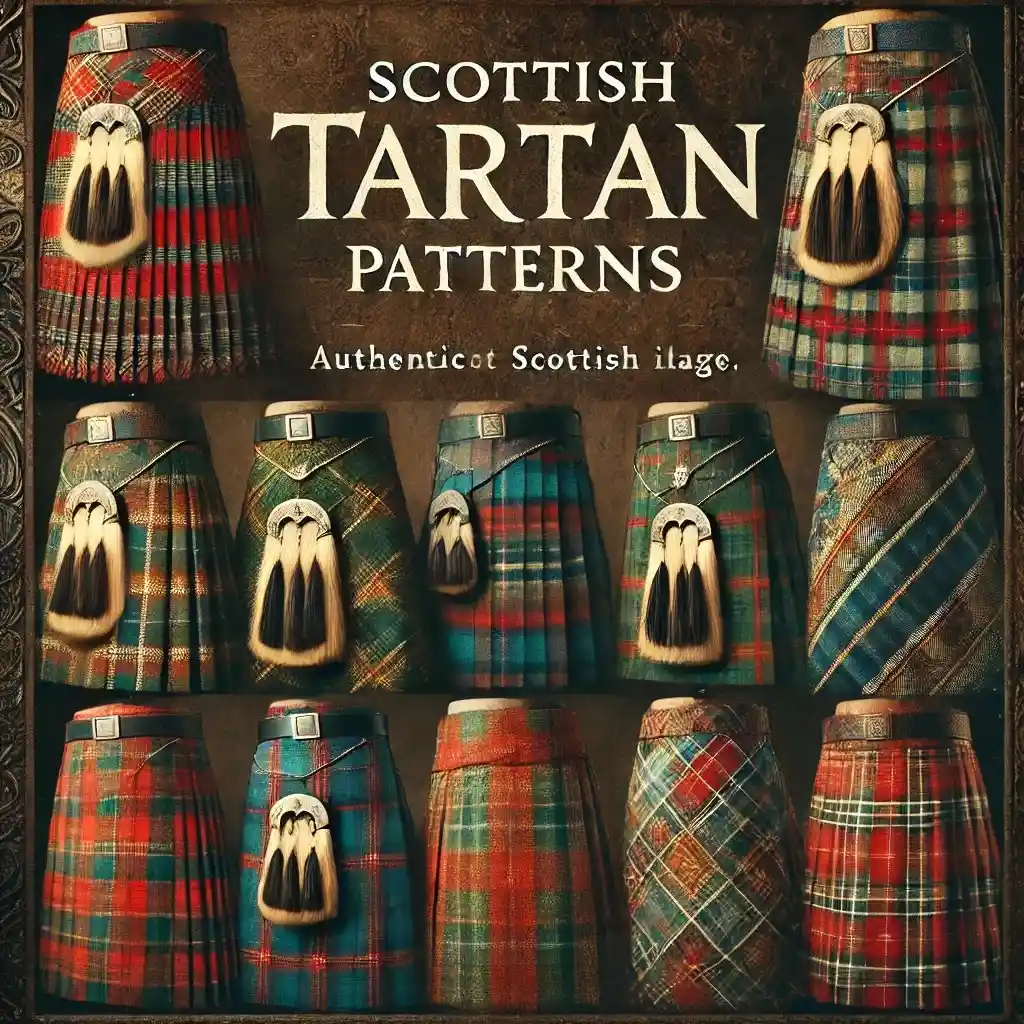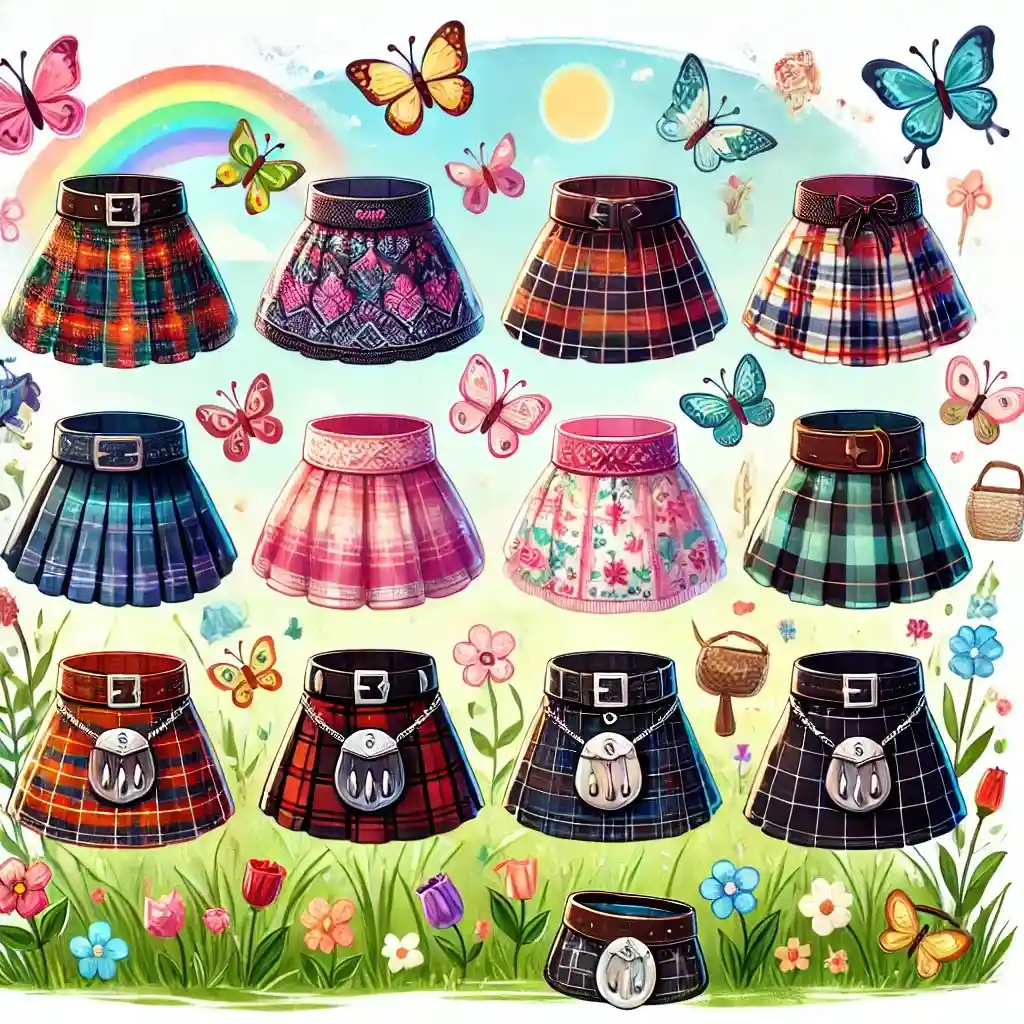While it is easy to see the beauty in the colors of Tartan, these designs carry a deeper meaning. Every Tartan has a history and pride that is unique to clans in Scotland. Growing up in the Highlands, tartans distinguished Scottish families and clans from the very inception. Today, such patterns are worn by people around the globe, in many ways helping in the preservation of the Scottish culture and its history. This article discusses the 10 most popular tartan patterns that bear historical meaning and are, however, in modern days.
1. Royal Stewart Tartan
The Royal Stewart Tartan was designated as the official tartan of the reigning monarch and its accents of green, yellow, blue, and white zig and snake around in layers of a red field. This pattern is now considered a value of hierarchy and tradition and is much associated with the wearers known as ‘the Queen’s Guards’. Worn mostly in the past as a tartan for the monarchy and the grandeur it represented, the tartan is now widely embraced in different fashions which range from luxe kilts to modern-day accessories for the fashionable wearers. It’s a quintessential representation of the history and culture of the British royal family.
2. Black Watch Tartan
The Black Watch Tartan has its roots in the military and is named after the regiment that bore this name, the Black Watch a Highland regiment charged with keeping the peace in the Highlands. The combination of dark shades of green, blue, and black forms a classic design that is simple yet classy and has been associated largely with etiquette and military regimes. In contemporary rural society, this tartan is used in civilian clothing but this time it’s incorporated in suits tailored sharply and in jackets and scarfs that have a certain air sophistication that transcends the cultural proudness strength, and discipline of Scottish people’s clothing.
3. Clan MacLeod Tartan
The MacLeod Clan Tartan has a distinctive yellow and black colored pattern that denotes vigor and significance. Clan MacLeod is old, very old, as it is historically connected to the Isle of Skye and the Highlands as well. This particular tartan epitomizes the aspirations and strength of the clan but also adds a splash of color that is missing in other traditional tartans. A cleft cleft of icicles comb. More often, this is preferred by people who wish for a bright, striking design with Scottish elements that is not limited to Scotland itself but revises the whole fashion cosmopolitan.
4. Clan Campbell Tartan
The Clan Campbell Tartan, which features black, green, and blue shades, conveys strength and fidelity. Clan Campbell is one of the central clans in Scotland, also associated with military activities, and has contributed greatly to history and politics. The cool shades in this tartan are inspired by the Highland region and have been widely used in kilts, shawls, and interior design. It captures the spirit of the Highlands, with its rich history providing continuity and relevance through its classic appeal.
5. Dress Gordon Tartan
The Dress Gordon Tartan is an elegant take on the classic Gordon in that it features more subtle colors for a more simplistic formality. The celebratory-looking tartan which is axes, white embroidered in contrast to the green and blue ones is worn for dress occasions. Weddings, official ceremonies, and Scottish events include it since it stands for culture and festivity at the same time. The tartan is softened due to the use of white, which makes it appropriate for events where a dash of Scottish sophistication is required.
6. MacGregor Tartan
A story of triumph and defiance encapsulated in the red and black stripes of the MacGregor Tartan, Clan MacGregor’s emblem tells how the clan has risen above countless challenges. They were hounded for centuries but they still stand proud and wear the tartan as a mark of their survival. It is this striking element that pays homage to the clan history that has become a trend in the recent past, where the colors are often seen in attires. The deep hues provide a striking canvas, particularly ideal for women who want to express their Scottish identity against all odds.
7. MacKenzie Tartan
The MacKenzie Tartan is a green, blue, and white striped patterned tartan. This tartan is associated with the historically significant Clan MacKenzie, which has a long and rich association with the ownership of lands in the Highland region. The deep hues are inspired by scenic Scotland, which is why it is a popular choice for Scottish dresses, sashes, and other items. The colors also represent peace and stability, which are ideal for anyone who wishes to embrace their Scottish culture in an old-fashioned or modern way.
8. Hunting Stewart Tartan
The Hunting Stewart Tartan was made to be practical and features subtle natural colors which helped Highlands warriors to camouflage themselves while hunting. It comprises of a careful balance of green brown and blue stripes pattern which is a more functional design as compared to the bold-colored Royal Stewart Tartan. Nowadays this tartan is appreciated not only due to its historical meaning but also its functional role in the world of style. Given its subtle style, it tends to work well with active outdoor ensembles as well as casual wear thanks to individuals who appreciate nature and its traditions.
9. Clan Fraser Tartan
Clan Fraser Tartan will not offend the eye with its typical red, green, and blue distillation. The Clan Fraser family was one of the most powerful families in Scotland and indeed has helped shape the course of Scottish history. This tartan resists wearing out due to its constant representation of bravery and conquest and resurgence in contemporaneity due to the influx of creative works like Outlander where it is seen worn by most of the characters. The Fraser tartan is and will be a sign of pride, loyalty, and love for Scotland regardless of age and fashion whether in a kilt or not.
10. Buchanan Tartan
The contrast of bright yellow, red, and green stripes combined in the Buchanan Tartan makes it one of the loudest boarding brocade out there. Clan Buchanan a long-established and profoundly historical clan also made use of this loud image that was appropriate to a clan of such stature. Such bold colors are joy, courage, and strength. The appeal of Buchanan tartan has expanded into use in everyday modern design, clothing and interior even due to its bright richness, thus helping maintain a link to the country’s fascinating history.
The Roots of Scottish Heritage: Ancient Tradition
The Scottish way of life has always drawn on traditions of many years beginning with the Celts and the Gaels, and later the advent of the Highland clans. And to this way of life belong certain emblems such as the kilt, the bagpipe, and the Highland Games which portray the history of Scotland’s struggle and togetherness. These practices didn’t only cease as cultural practices: they were a mode modo vivendi, bringing clans together and covering the entire Scottish way of life during hard periods.
Preserving the Legacy: Scottish Heritage in Modern Times
Over time, the Scottish culture also developed and engaged people in the life of the nation as a culture between the past and today. Festivals, folk music, and the ever-fashionable tartan all contribute to the global appreciation of Scotland’s rich culture. They maintain and propagate the ethnography of Scotland in many ways – museums, genealogy societies, and other institutions, while the creative arts make ‘ancient’ practices suitable for today. All these show that Scottish heritage does not die out even in the present day.
Every tartan pattern tells a story, revealing some aspect of Scotland’s past and its clans. The patterns ranging from the Royal Stewart which is steeped in royal prerogative to the simplistic yet bright Buchanan Tartan have gone beyond their restraint as clan symbols and made their way as fashion statement pieces around the globe. The experience of looking at these tartans enables us to grasp an aspect of the cultural legacy of Scotland which, one can imagine, can be worn too, in the most exotic yet classical modern mix-up pieces Scottish Kilt Wears.




